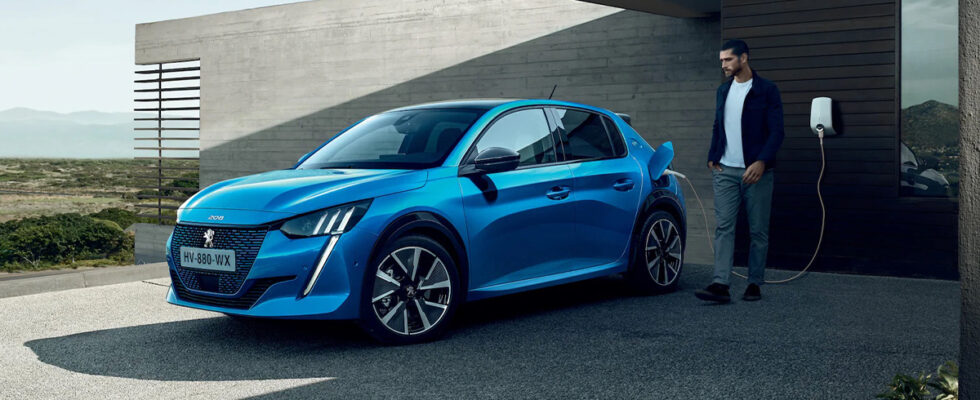As the adoption of electric cars gains ground in the pursuit of greener mobility, an unexpected phenomenon is emerging: some drivers are choosing to return to gasoline vehicles. Between the challenges linked to charging times, the insufficient availability of charging infrastructure, and the high cost of acquisition, this trend reveals the obstacles still to be overcome for a peaceful electric transition.

There electric car is often presented as the future solution for more ecological mobility. But the reality on the ground coming from the testimony of drivers, shows that some motorists are having difficulty adapting to this new form of driving. THE long recharge timesaccess sometimes precarious and difficult at public terminalsand the terminal installation costs personal problems are proving to be major obstacles.
THE costs associated with purchase and the use of electric cars, despite subsidies, remain a barrier for many. The transition to electric, although advantageous in the long term, imposes a substantial initial investment which is not accessible to everyone. Experiences such as those of users confronted with the fear of not finding a charging station available during essential travel, highlight current gaps in charging infrastructure.
On the same subject – The most ecological car is not electric
Return to gasoline: when drivers abandon electric
However, according to testimonials collected by the electric roller, there are also satisfied users of their transition to electric, such as Stéphane and Vincent, who highlight the benefits of this technology. Through home charging facilities and long-term savingsthese drivers appreciate the reduction of operational costs and the positive impact on the environment. These contrasting experiences show that a well-developed and accessible charging infrastructure is essential for encourage adoption widespread use of electric vehicles.
In 2024, the debate on electromobility remains more relevant than ever. He oscillates between enthusiasm for technological progress and caution in the face of practical and economic obstacles. The feedback from those who have chosen to return to essence highlights the necessary adjustments both in charging infrastructure than the manufacturers’ offer. A dialogue constructive between users and players in the automotive industry is essential to deal with these problems.
